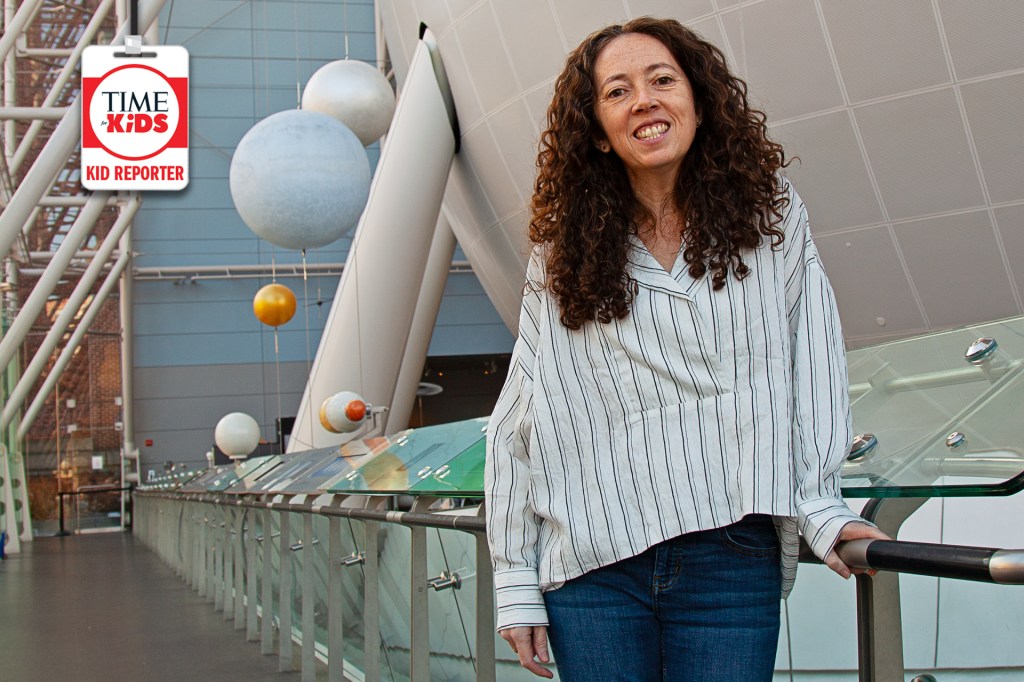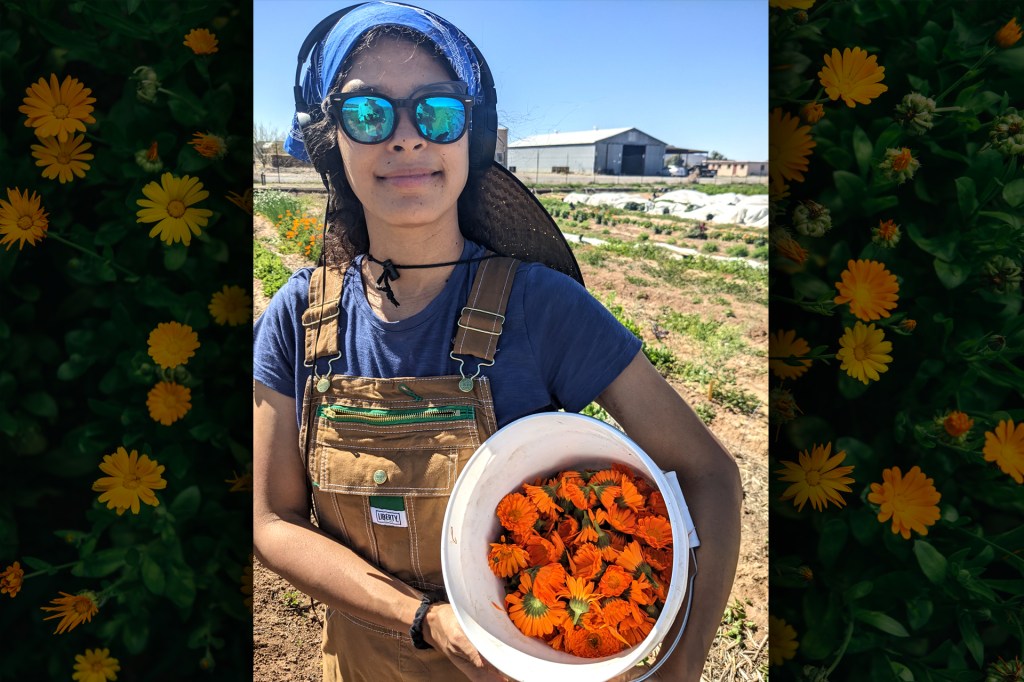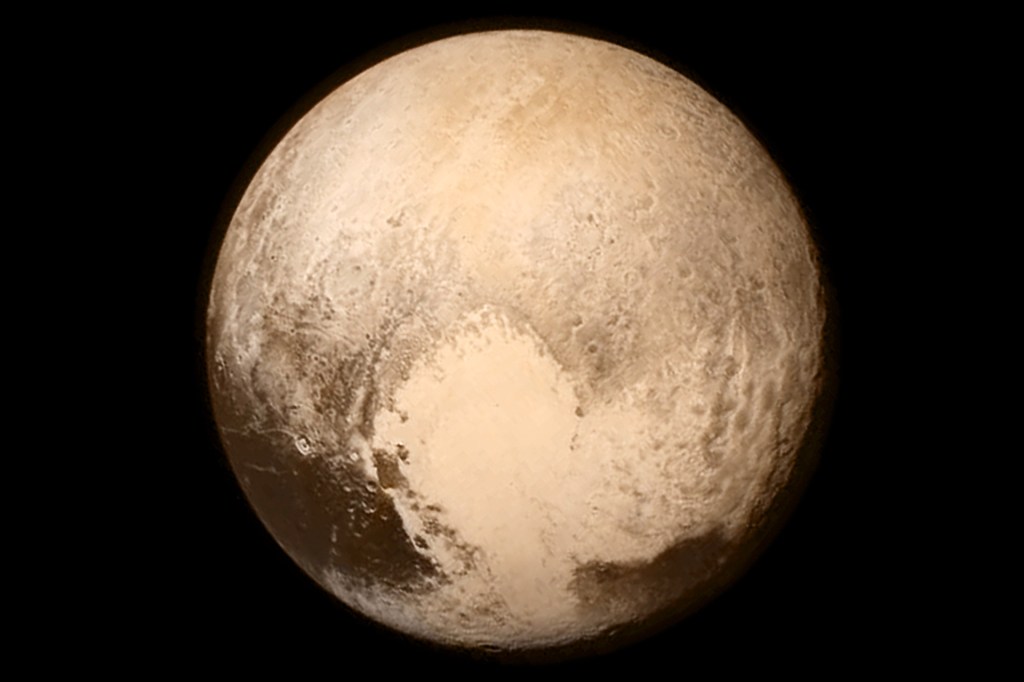Restoring Forests
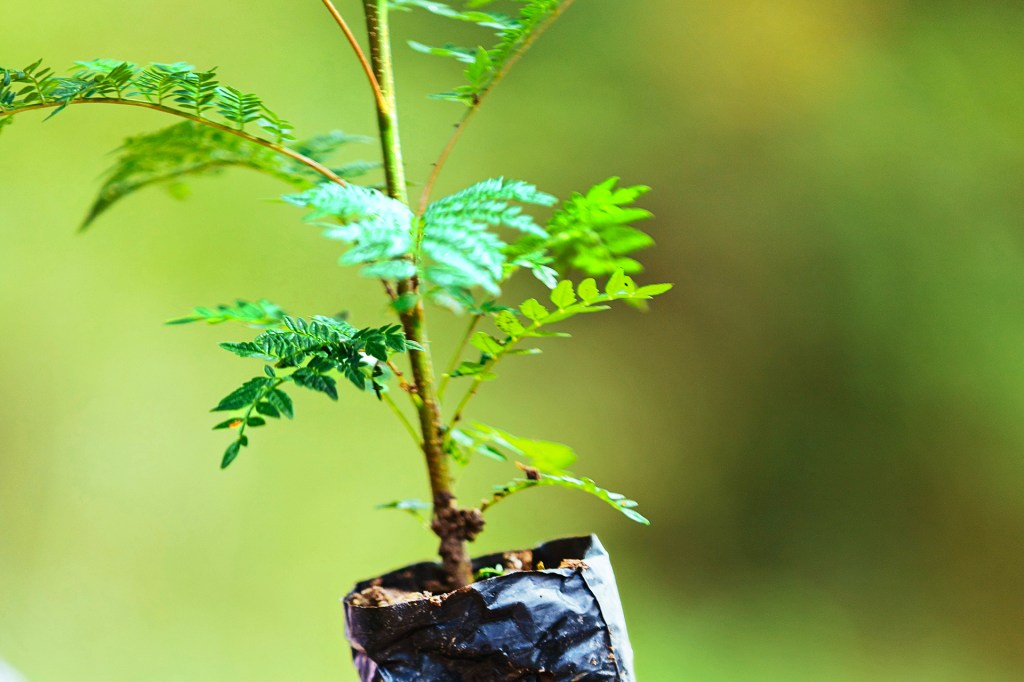
Aadya Joshi looks out at a landscape near Mumbai, India, and sees a line of eucalyptus trees. They were planted to replace forest that was cleared for timber.
The view doesn’t make Joshi happy. Eucalyptus trees don’t grow naturally in the area. Native trees should have been planted, Joshi says. Only they could bring back the biodiversity that once was there (see “What Is Biodiversity?”). “You can’t plant something that doesn’t fit into an ecosystem
ecosystem
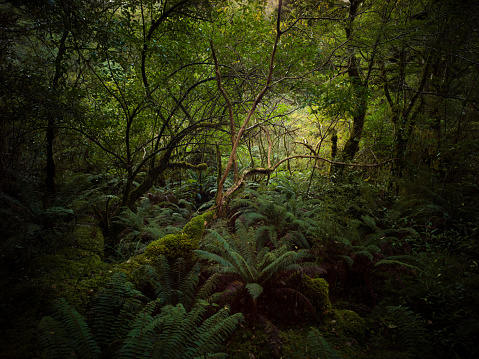 JAMESPHOTOGRAPHY.COM.AU—GETTY IMAGES
the living and nonliving things that make up an environment and affect one another
(noun)
The rain forest's ecosystem includes many unique plants and animals.
and expect the ecosystem to function,” she told TIME for Kids.
JAMESPHOTOGRAPHY.COM.AU—GETTY IMAGES
the living and nonliving things that make up an environment and affect one another
(noun)
The rain forest's ecosystem includes many unique plants and animals.
and expect the ecosystem to function,” she told TIME for Kids.

SPREADING THE WORD Aadya Joshi teaches a class in India, in Asia, about the importance of native trees and plants.
COURTESY RITU JOSHI
Joshi is the founder of The Right Green. The group teaches people how to bring back forests by growing native trees. Once, Earth was home to 6 trillion trees. Only about 3 trillion remain. Planting new trees to replace those that have been lost “sounds like a good idea,” Joshi says. “But what [people are] doing in many places is not restoring forests,” she says. “They’re just replanting. There’s a big difference.”
Replanting Problems
Trees are important to the health of the planet. They help clean the air and guard against climate change. They’re also a source of food and medicine. But 46% of the world’s trees have been cut down. This is done for things such as cattle farming, or to produce palm oil or paper.
Some efforts to replant trees make environmental problems worse. This has happened in Chile, in South America. Big companies cut down forests for timber, then replanted in the 1970s using the wrong kinds of trees. This led to the growth of tree plantations. “They’re not really what we imagine a forest to be,” Robert Heilmayr says. “These trees are more like a crop.”

UNTOUCHED This is a native forest in Chile, in South America. Many forests like it have become timber plantations.
ROBERT HEILMAYRHeilmayr is a professor of environmental economics at the University of California, Santa Barbara. He says tree plantations may be worsening problems like soil erosion. And they’re not as good as forests are at trapping carbon dioxide, which worsens climate change.
Today, Chile’s government pays small landowners to plant native trees. Heilmayr says this helps landowners who are women or who belong to Indigenous
Indigenous
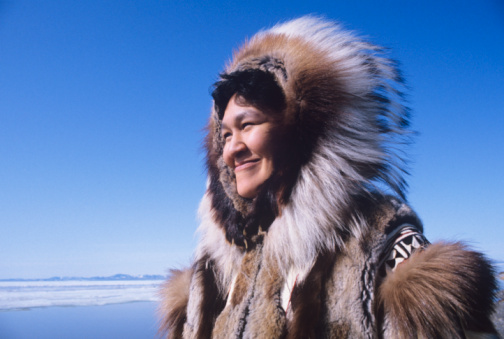 MOODBOARD—GETTY IMAGES
of or relating to the original inhabitants of a place
(adjective)
The Inuit are an Indigenous people inhabiting parts of Canada, Alaska, and Greenland.
communities. He thinks a more inclusive view of forest restoration “is really productive.”
MOODBOARD—GETTY IMAGES
of or relating to the original inhabitants of a place
(adjective)
The Inuit are an Indigenous people inhabiting parts of Canada, Alaska, and Greenland.
communities. He thinks a more inclusive view of forest restoration “is really productive.”
Restoration Done Right
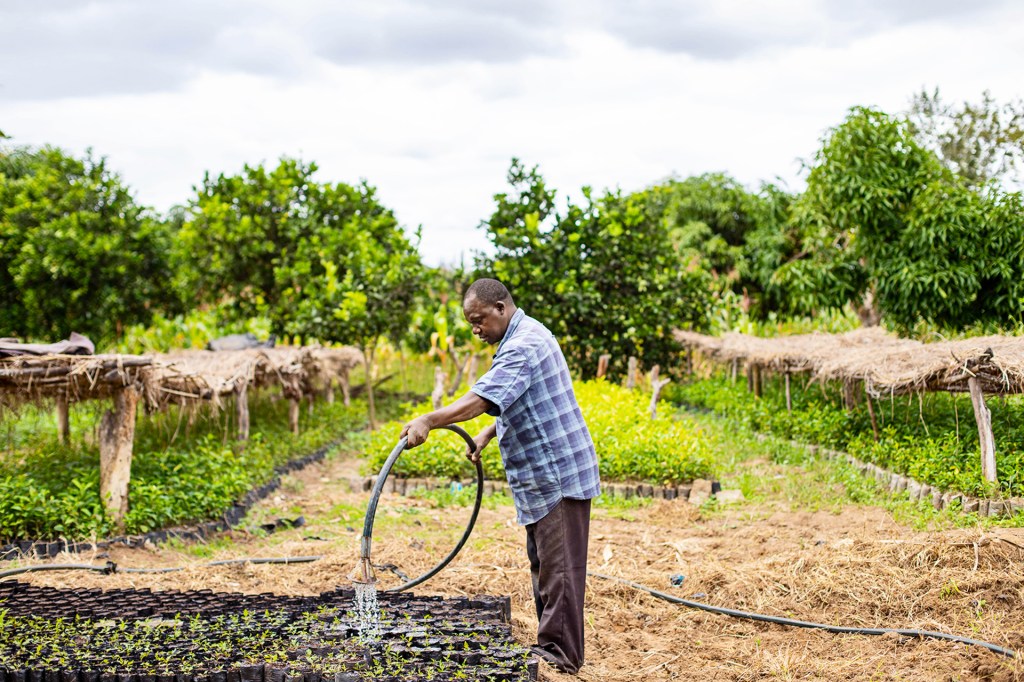
LET IT GROW A man waters saplings at a tree nursery in Kenya. The trees will be planted on farms.
PETER IRUNGU—WRIRestoring native forests must benefit local communities, Bernadette Arakwiye says. She’s a researcher for the World Resources Institute (WRI) Forest Program in Rwanda, in Africa. “People are a part of the environment,” she says. “We have to think both about the ecology
ecology
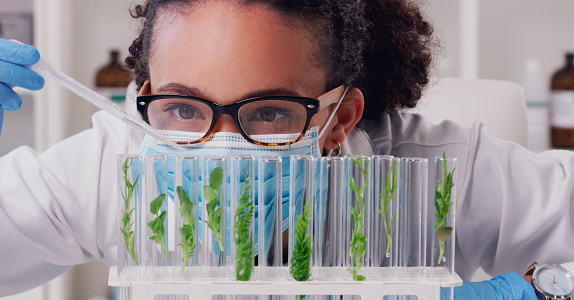 PEOPLEIMAGES—GETTY IMAGES
the relationship between organisms and their environment
(noun)
The scientist studies plant ecology.
of the land and human needs.”
PEOPLEIMAGES—GETTY IMAGES
the relationship between organisms and their environment
(noun)
The scientist studies plant ecology.
of the land and human needs.”
One WRI program plans to restore almost 400,000 square miles of African land by 2030. Some farmers there are planting trees that help the soil retain moisture. This protects drinking water and allows other native plants to grow. And it guarantees a source of food and income.

ON THE FARM Trees planted on this farm in Kenya, in Africa, help protect biodiversity and fight climate change.
PETER IRUNGU—WRIAccording to Joshi, protecting food sources and protecting native species go hand-in-hand with fighting climate change. Planting the right trees is part of the solution. “Make sure you’re planting a variety of local and native plants,” Joshi says. “We’ll only make [environmental problems] worse by planting things our ecosystems cannot survive on.”
What Is Biodiversity?
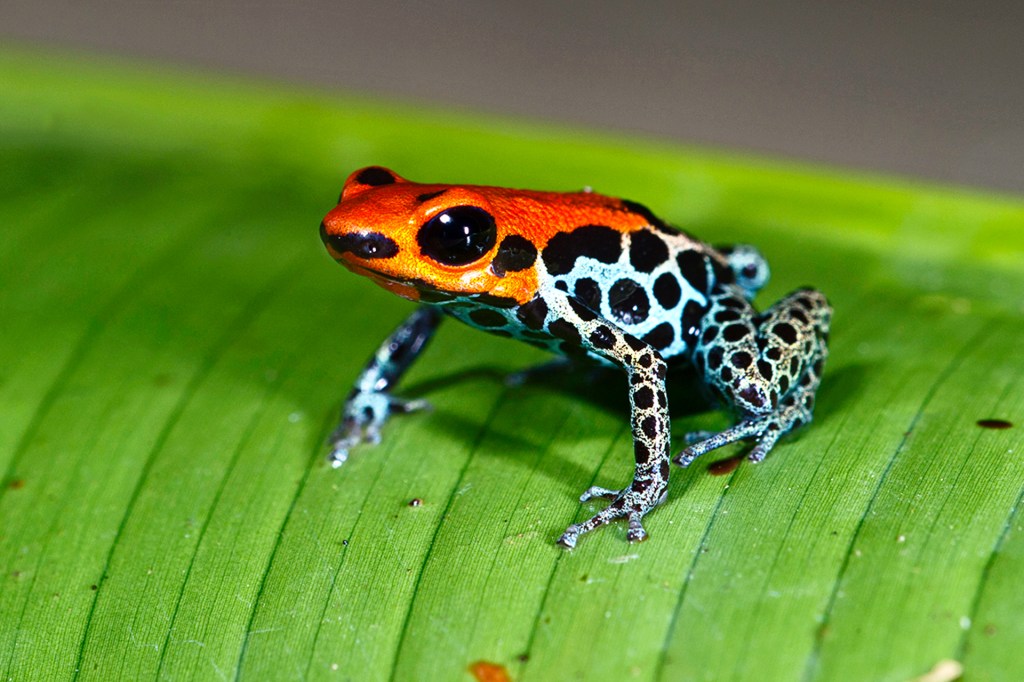
Biodiversity is the variety of living things in a particular habitat or ecosystem. An environment needs diversity to maintain balance. For example, insects carry pollen that plants need to make seeds. The plants grow and provide food for insects. Insects become food for frogs. All living things work together.
You can help protect biodiversity. Learn about the plants and animals in your area. Join efforts to plant native trees and clean up rivers and parks.






